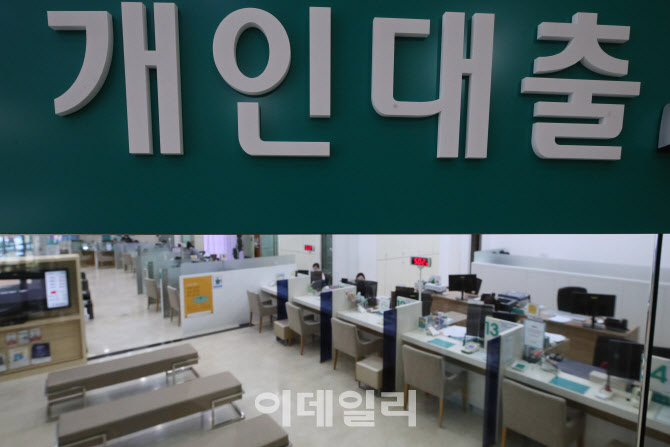|
[이데일리 이진철 이승현 기자] Amid growing concerns about rising interest rates at home and abroad, the number of borrowers using variable rate loans was found to be half of all lenders. As a result, the interest rate cap loan products, which have been neglected due to the low interest rate, are being refocused.
According to the Financial Supervisory Service and the financial sector on the 28th, as of the end of last year, the proportion of variable interest rates among the home mortgage loans (main charge) including the bank cheonsei loans was 50.3%. This proportion steadily declined to 57% at the end of 2016 and 55% at the end of 2018, but more than half of all borrowers are still exposed to the risk of increasing repayment burdens due to rising interest rates.
According to the interest rate increase simulation analyzed by the Financial Supervisory Service in 2019, the monthly repayment amount based on the loan principal of 300 million won and the 30-year maturity borrower increases by about 170,000 won from 1347,000 won to 15,155,000 won when the interest rate rises 1 percentage point from 3.5%.
The financial authorities are examining the risk factors resulting from the rise in interest rates, while discussing the activation of loan products with a maximum interest rate. Financial Supervisory Commissioner Yoon Seok-heon said on the 23rd, “It is necessary to induce the launch of various loan products to mitigate the risk of rising interest rates.”
In particular, a plan to revitalize the’reduction of the risk of rising interest rates’ loan products, which were launched two years ago by the financial authorities, but the low interest rate trend continues since then, has been insignificant.
In March 2019, the financial authorities, together with 15 commercial banks, unveiled a meeting to fix monthly payments or limit the extent of interest rate rise. At the time, the financial authorities preemptively devised to reduce the burden of repayment by borrowers, as they judged that the overall market interest rate could rise in the future due to the continued interest rate hike in the United States in 2018.
However, after the release, interest rates declined and virtually became ineffective. In the aftermath of Corona 19 last year, the Bank of Korea lowered its benchmark interest rate to an all-time low of 0.5% per year, and there was not much incentive to prepare for the risk of an interest rate hike.
As of the end of last month, the number of fixed monthly repayments handled by commercial banks was KRW 27 billion (350 cases), and interest rate capped charges were KRW 430 million (6 cases). Among them, there was not one case for the upper interest rate charge per bank, so it was virtually maintained only in nominal terms, and sales were stopped at some banks.
The’Monthly Repayment Fixed Type’ main charge is to reduce the principal repayment amount when the interest repayment amount increases as the loan interest rate rises to maintain the monthly repayment amount and settle the remaining principal at maturity. The fixed period for monthly payments is 10 years. The interest rate is added 0.2 to 0.3%p to the variable rate, taking into account the risk burden of the bank. Homeowners with a combined income of 70 million won or less and a market price of 600 million won or less can receive a preferential interest rate of 0.1%p.
The’interest rate cap’ is a product that limits the maximum rate of increase to within 2%p over the next five years and within 1%p per year. It is not a new subscription, but a form of adding a special contract to an existing loan. The interest rate is also 0.15~0.2%p added to the existing interest rate, taking into account the risk of banking.
The financial authorities predicted that “adjusting product conditions to suit the market situation will increase consumer interest and help reduce the burden on lenders.”

